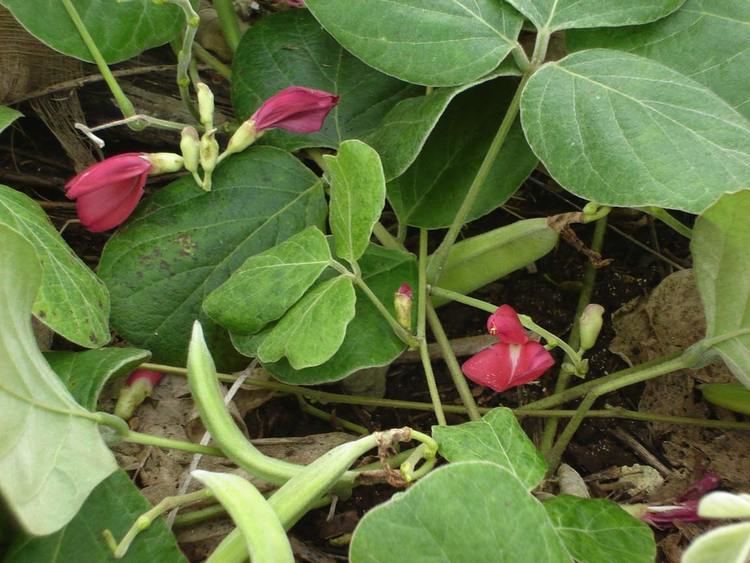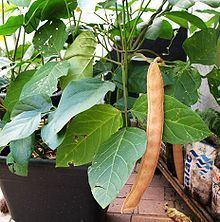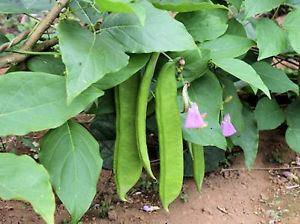Kingdom Plantae Scientific name Canavalia Rank Genus | Higher classification Diocleinae | |
 | ||
Lower classifications Canavalia ensiformis, Sword Bean, Canavalia rosea, Canavalia pubescens, Canavalia molokaiensis | ||
Canavalia is a genus of flowering plants in the legume family (Fabaceae) and comprises approximately 48 to 50 species of tropical vines. Members of the genus are commonly known as jack-beans. The species of Canavalia endemic to the Hawaiian Islands were named ʻāwikiwiki by the Native Hawaiians. The name translates to "the very quick one" and comes from the Hawaiian word for "fast" that has also been appropriated into the name "Wikipedia". The genus name is derived from the Malabar word for the species, kavavali, which means "forest climber."
Contents
- Tertiary ingredients of canavalia rosea formulations pankaj oudhia s medicinal plant database
- Uses
- Ecology
- History
- Diversity
- Formerly placed here
- References
Tertiary ingredients of canavalia rosea formulations pankaj oudhia s medicinal plant database
Uses
Several species are valued legume crops, including common jack-bean (C. ensiformis), sword bean (C. gladiata) and C. cathartica. At least the first makes a beneficial weed- and pathogen-suppressing living mulch. The common jack-bean is also a source of the lectin concanavalin A, which is used as a reagent in glycoprotein biochemistry and immunology. The jack-bean is also a common source of purified urease enzyme used in scientific research.
The bay bean (Canavalia rosea) is supposedly mildly psychoactive when smoked, and is used in tobacco substitutes.
Ecology
Some animals have adaptations to the defensive chemicals of jack-beans. Caterpillars such as that of the two-barred flasher (Astraptes fulgerator) are sometimes found on Canavalia. The plant pathogenic ascomycete fungus Mycosphaerella canavaliae was described from a jack-bean. Introduced herbivores have wreaked havoc on Canavalia on the Hawaiian Islands and made some nearly extinct; it may be that these lost their chemical defenses because no herbivorous mammals existed in their range until introduced by humans. The usually bright pea-flowers are pollinated by insects such as solitary bees and carpenter bees such as Xylocopa confusa.
History
The genus name Canavalia was, as recently as 1913, known as Canavali.
Diversity
Species include:
Formerly placed here


